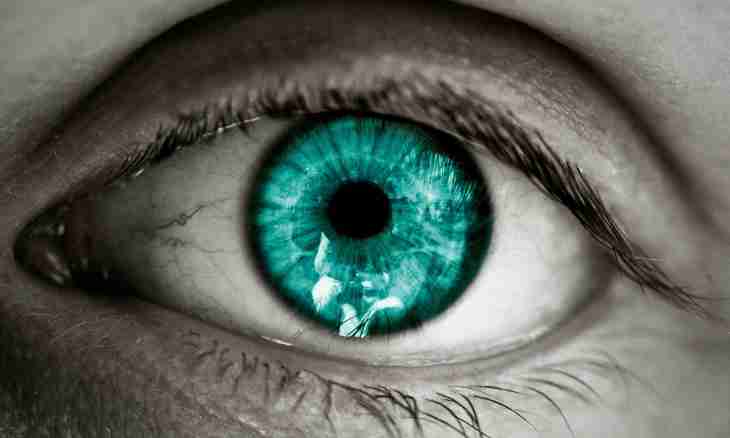Color of eyes - the characteristic of the person, most interesting to study. There are various opinions on inheritance of this characteristic. Interests many parents what color the kid will have eyes. And to answer this question rather hard.
Instruction
1. The only thing that almost for certain can tell when forecasting a pigment of an iris of the eye at the kid - that the child with blue eyes will be given birth. Further color will change. There are various pigments of an iris. Eyes can be in the range from gray to blue, from marsh to green and from light brown to almost black.
2. Color of eyes depends on a melanin pigment, more precisely, from its quantity. If it small, color of eyes blue, if big, color almost black. Newborns have an amount of melanin very small therefore eyes have blue color. At some kids at the birth light brown color of eyes is possible. By 6 months the amount of melanin changes, and color of eyes can change. The pigment reaches a certain level by 20-30 months, and then its quantity practically does not change. The following shift of level of pigmentation is necessary already by a retirement age. Besides a pigment, also the iris is thickened with age, changing at the same time a shade.
3. There are two opposite opinions in studying inheritance of color of eyes. One of them says that inheritance happens from parents to children or from grandmothers and grandfathers to grandchildren. Other scientists claim that inheritance does not exist.
4. The genetics studies inheritance of color of eyes long ago. And now with a bigger share of probability the scientists can tell about future shade of an iris at the child. So, there are 2 genes which can affect color of eyes of the child. The gene of HERC2 which has 2 copies can be brown-brown, brown-blue, or blue-blue. Brown color always prepotent, and blue recessive. EYCL1 gene also has 2 copies and can be green-green, green-blue, blue-blue. Green color is prepotent, and blue recessive. 2 genes are transferred to the child from each of parents. And here laws of genetics already come into force.
5. For example, if one of parents has 2 copies of a gene of HERC2 of brown color, with a bigger share of probability, irrespective of type of genes other parent, at the child will have brown eyes. But also the fact that if the second parent gives a recessive gene of blue color, at grandchildren of an eye can be blue or green is interesting. It is possible only in case the second gene of HERC2 given to the grandson by parents is blue. Thus, it turns out that if parents transferred at least one gene of brown color, the child, most likely, will have brown eyes.
6. But also it that both parents have brown eyes is possible, and the child has blue eyes or green. This results from the fact that parents transferred to the child on 1 gene of HERC2 of blue color, being at parents recessive. Then EYCL1 genes, and already depending on whether prepotent genes of a green shade will be transferred come into force and depends what color will be gained by the child's eyes.
7. The group of scientists conducted researches which are published in American Journal of Human Genetics, about inheritance of color of eyes. During the research 4000 people were studied, many of them were relatives, some twins. It was as a result proved that the certain gene which is responsible for a pigment does not exist. There is a gene of OCA2 which is responsible for hair color, skin of the person and an eye. In this gene of only 6 elements. Arrangement of these elements is also responsible for color of eyes. Some of elements are responsible for a shade of eyes, that is do color or are lighter, or is more dark. Others are responsible for amount of melanin, respectively being responsible for color of an eye. Mutations in this gene also lead to such phenomena as albinism or heterochromia. But it is undoubted, influence of genes of parents nevertheless is present.
